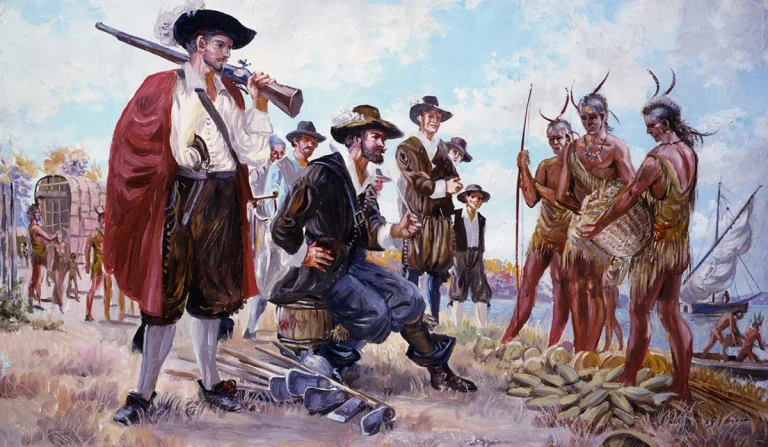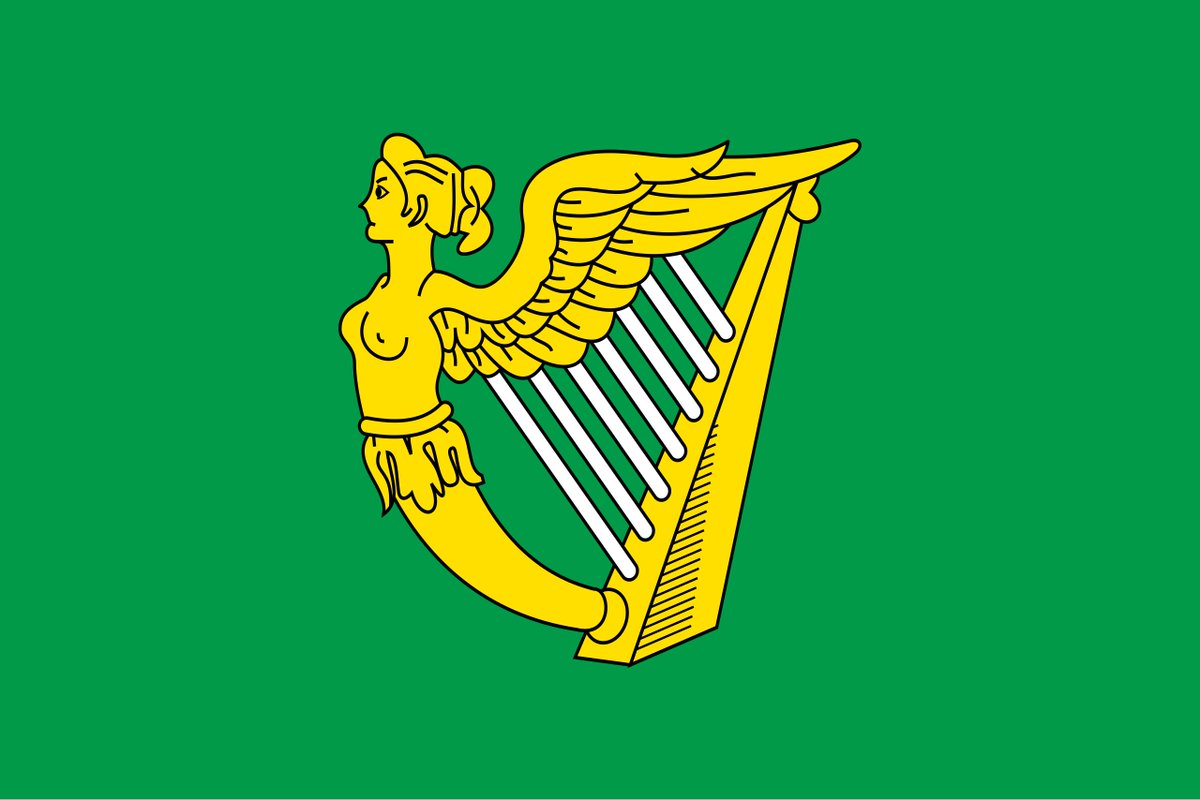Many peaceful looking towns in Europe have had very violent medieval past! One of such is the beautiful town of Fermo in Italy. The city was sacked, besieged and conquered many times in history and in renaissance it witnessed violent struggles among important local noblemen! 

This town of Fermo was very important already in the Roman era. In the 5th century it suffered numerous barbaric invasions including by raids Attila. In the 6th century it witnessed the Gothic War, fell under Byzantine rule and then conquered by Lombards! 



From the late 10th century on it became a frontier march of the Holy Roman Empire, the March of Fermo! In the 11th century these lands were under attack by the Normans. The men from Fermo fought against them for the Pope and lost at the famous battle of Civitate in 1055. 

However the most bitter struggles would start in the 12th century. In the long and tiresome conflict between the supporters of the Pope (called Ghibellines) and the Papacy (Guelphs), Fermo sided with the Guelphs and experienced the wrath of the Ghibelline Imperial armies! 

From 1176 to 1245 Fermo was besieged and conquered five times by the Imperial forces led by such illustrious men as Archbishop Christian of Mainz (1176), Emperor Henry Vl (1192), Marcuald, Duke of Ravenna (1208), Emperor Frederick II (1241) and Manfred of Sicily (1245)! 



Later on Fermo was involved in brutal power struggles between the powerful Italian nobles, including being conquered by Oliverotto Uffreducci who was in 1503 murdered by the famous Cesare Borgia. In 1520 Fermo finally became directly governed by the Papal States. 

These fine lands were covered with blood very often in the past and have stories of epic and violent local history to tell. But also very beautiful and serene landscape. Many such places in Europe! 

• • •
Missing some Tweet in this thread? You can try to
force a refresh







































